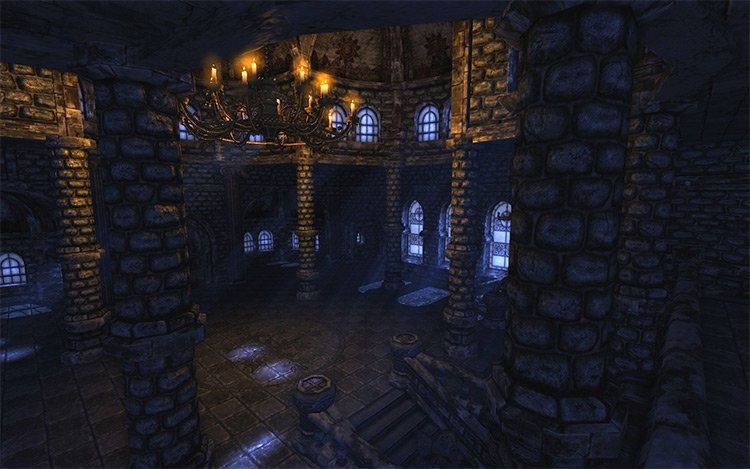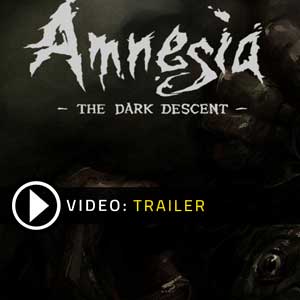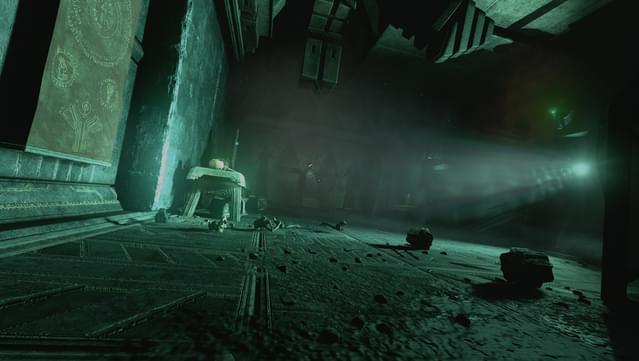


Following the Belfast Agreement (1998) and the outbreak of peace in the province, a pronounced tension has emerged in Northern Irish society between the urge to remember and the desire to forget the atrocities carried out during the period of the so-called 'Troubles', with politicians time and again walking the fine line between amnesty and amnesia, whether willingly or not. This course considers how some of the artists framed these dilemmas and how they have been framed by them. Situated within a particular community, the artist often found themselves within 'narrow ground' and thus attempted to forego a subjective response in favour of either cold objectivity or maddening obliquity however, with so many pressures on Northern Irish writers, photographers and film-makers to respond to the violence, the aesthetic and critical grounds seemed to become narrower and narrower.

Does Northern Ireland's history interweave with or overwhelm the artistic imagination? From 1968-1994, Northern Irish writers and artists found themselves addressing key questions in their attempt to 'tell their story': what is the role of the artist in a divided society, and must s/he engage with political events? The creation of art in a time of violence brought about anxieties concerning partisanship and exploitation.


 0 kommentar(er)
0 kommentar(er)
